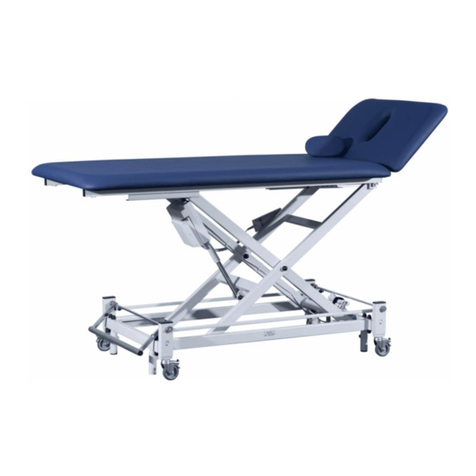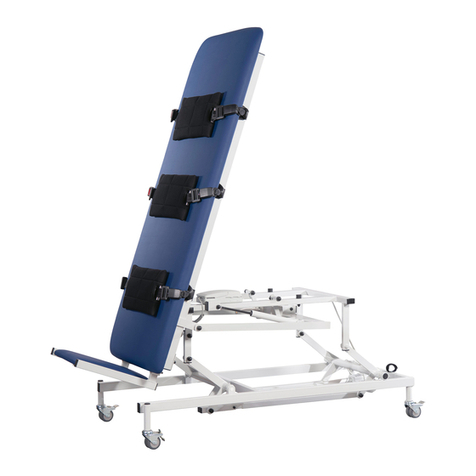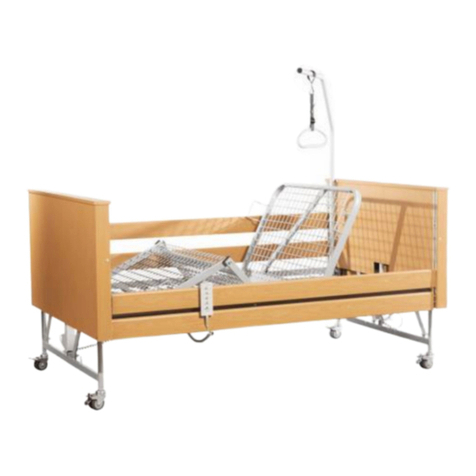Content
1 Foreword ......................................................................................................................................... 4
2 General notes.................................................................................................................................. 5
2.1 Used symbols........................................................................................................................... 5
2.2 Type plate................................................................................................................................ 7
2.3 Standards verification........................................................................................................... 8
3 Safety instructions........................................................................................................................... 9
4 General product description ......................................................................................................... 10
4.1 Intended purpose.................................................................................................................. 10
4.2 Indication............................................................................................................................... 10
4.3 Contraindication.................................................................................................................... 10
4.4 Equipment features............................................................................................................... 11
5 Assembly information ................................................................................................................... 12
5.1 Basic information for assembly............................................................................................. 12
5.2 Dimensional sketch of the movement space ........................................................................ 12
5.3 Mounting the bed in bed system in the existing bed surround............................................ 13
5.4 Mounting the pull handle...................................................................................................... 15
5.5 Disassembling the care bed................................................................................................... 15
6 Operation ...................................................................................................................................... 16
6.1 Locking function .................................................................................................................... 16
6.2 Operating the functions ........................................................................................................ 16
6.3 Operating the turning function ............................................................................................. 17
6.4 Patient lifting pole with handle............................................................................................. 18
6.5 Operating instructions........................................................................................................... 19
6.6 Mattresses approved for use ................................................................................................ 20
7 Ambient conditions ....................................................................................................................... 20
7.1 Storage conditions................................................................................................................. 20
7.2 Operating conditions............................................................................................................. 21
8Technical data................................................................................................................................ 21
9 Used materials............................................................................................................................... 22
10 Service and care ........................................................................................................................ 22
11 Service life of the product ......................................................................................................... 22
12 Disinfection................................................................................................................................ 22
12.1 Specifications of detergents and disinfectants ..................................................................... 22
13 Operational faults and solutions............................................................................................... 23

































